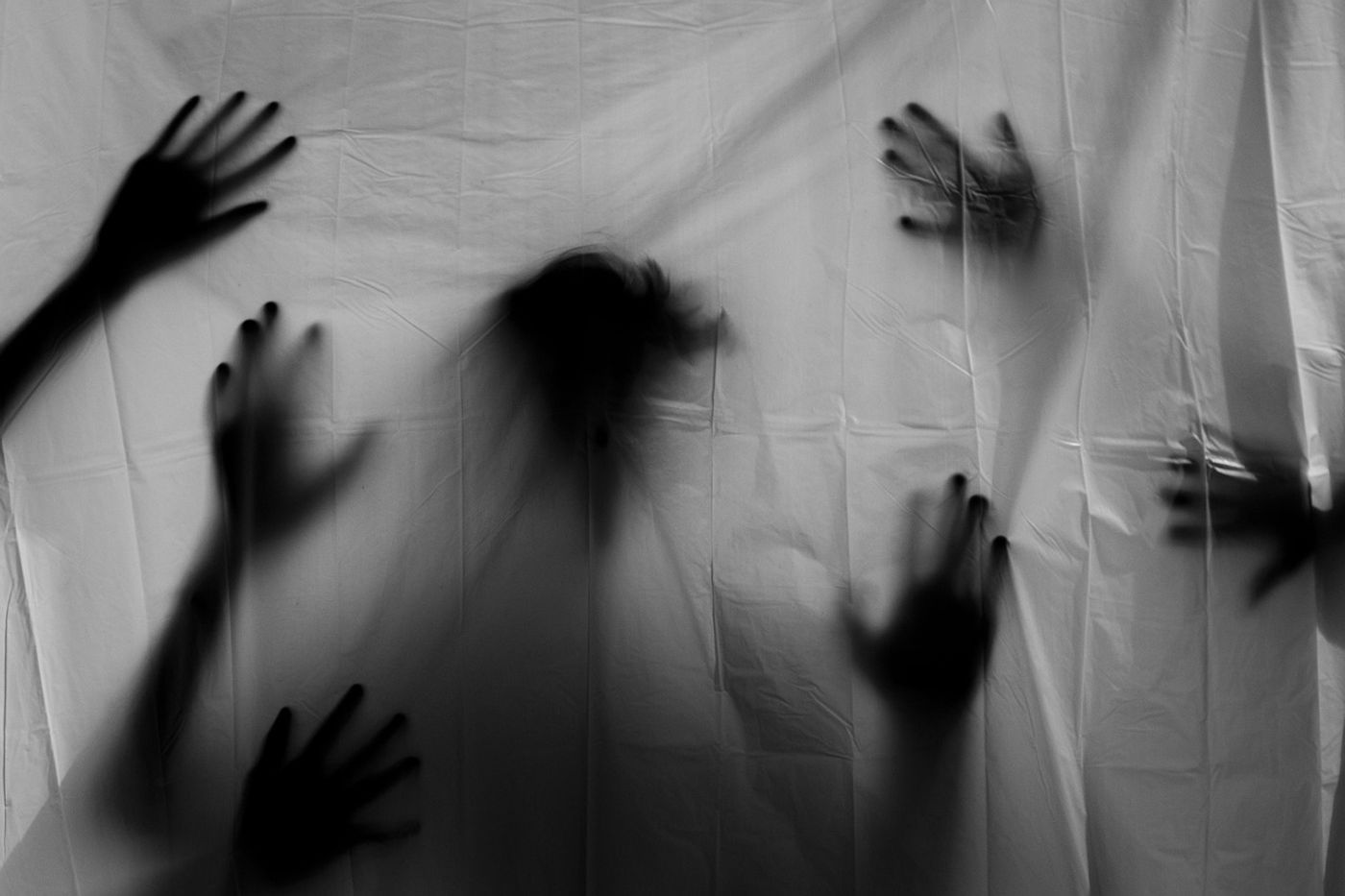Ghost Cells: Shadowy Cells Implicated in Rare Cancer
Today, we celebrate Halloween, a holiday originating from the ancient Celtic festival of Samhain. Some 2,000 years ago, Samhain took place on October 31 and November 1 to mark the transition into the New Year. The Celts believed that on October 31, the last day of the year, the separation between the worlds housing the living and the dead weakened, allowing ghosts of the dead to return to the earth. People dressed in costume try to disguise themselves as ghostly spirits so the dead returning to earth would not recognize them as living beings.
Over time, the Roman Empire overtook most of the Celtic territory, traditions shifted away from pagan celebrations, and the celebrations incorporated more Christian traditions. Halloween traditions slowly seeped into colonial America, particularly in the southern colonies, where the Protestant traditions were less rigid. Ghost stories became a staple of colonial Halloween celebrations.
In honor of Halloween and the ghosts and ghouls associated with the day, we want to discuss “ghost cells” and some rare forms of cancer where they arise. Ghost cells describe enlarged epithelial cells containing cytoplasm but no nucleus. The biological makeup of ghost cells contributed to their identification as “ghost” cells. Pathologists evaluate tissue to identify cellular abnormalities, and a common technique used to visualize cells is known as hematoxylin and eosin (H & E) staining. Because H & E staining dyes cytoplasm pink and nuclei blue, when applied to ghost tumors lacking a nucleus, they appear shadowy, resembling a ghost.
Ghost cells arise in some rare types of cancer, many of which occur in the tissue in the mouth. One neoplasm involving ghost cells is a calcifying cystic odontogenic tumor (CCOT). A calcifying odontogenic cyst (COC) can develop in the mandible or other areas of the mouth. In rare cases, a COC can develop into a malignancy known as a CCOT. These rare tumors result from excess proliferation of the cells inside the cyst, and they contain scattered clusters of ghost cells.
Ghost cells also appear in another rare oral cancer called a dentinogenic ghost cell tumor (DGCT). DGCTs develop from COCs in the mouth after they undergo calcification. Similar to CCOTs, DGCTs contain scatterings of ghost cells. However, unlike CCOTs, which remain cystic, DGCTs become a solid variant.
Ghost odontogenic cell carcinoma (GOCC) is another type of malignancy containing ghost cells. GOCCs can arise on their own, without prior development of a cyst. However, OGCCs may also develop from either a CCOT or DGCT, which has recurred and has a much more aggressive pathology than the others.
Additionally, ghost cells can appear in other rare neoplasms, including odontomas, ameloblastoma, and adenomatoid odontogenic tumors.
Sources: J Pharm Bioallied Sci, Oncol Letters, Ann Maxillofac Surg, Acta Odontol Scand, Quant Imaging Med Surg, J Clin Exp Dent, Korean J Path, Head Face Med, Oral Pathol Med, J Oral Maxillofac Surg









